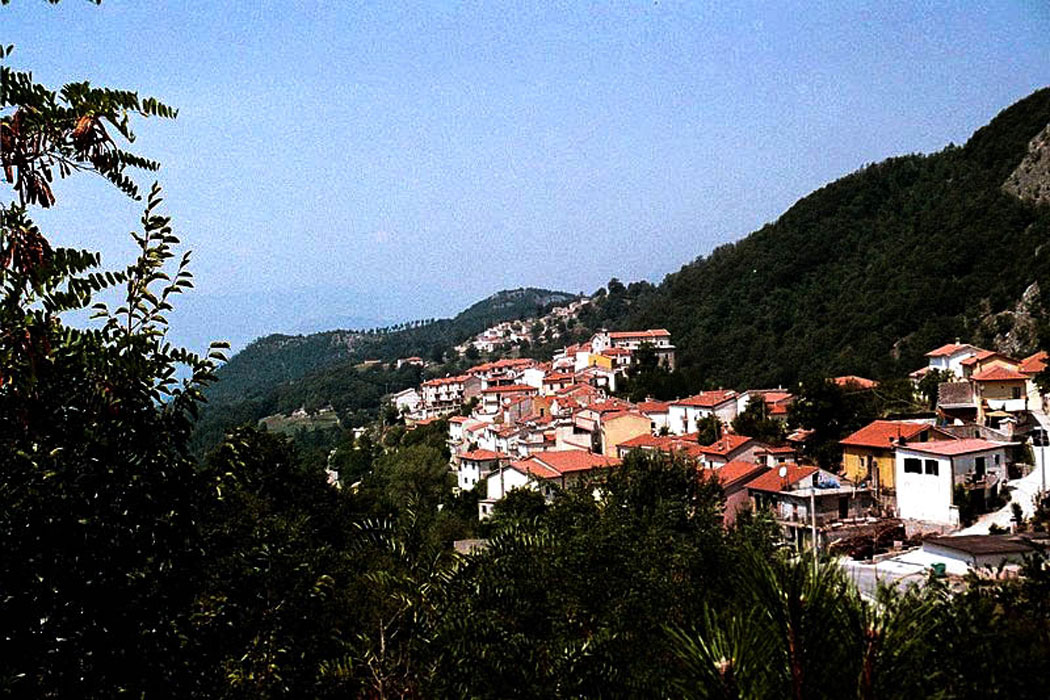
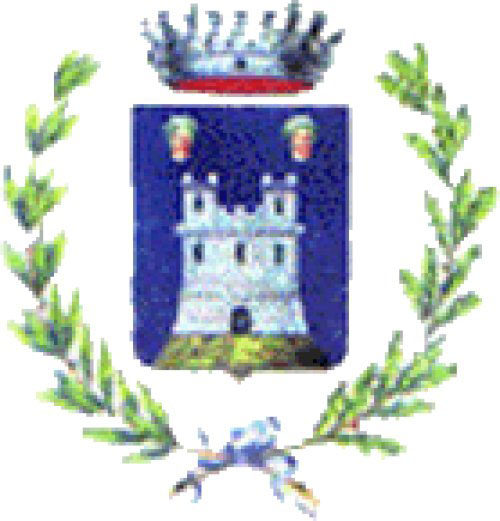
Saracinesco is one of the smallest villages near Rome perched on one of the peaks of the Ruffi mountains which dominate the Aniene valley right at its confluence with the Licenza river. On clear days you can see the sea. The road to reach it ends right in the historic center about nine hundred meters above sea level after a panoramic mountain route.
Its name and coat of arms enclose its entire history, in fact it is said that it was founded following the invasions of the Saracens in 876. The Arabs were defeated by papal troops and some of them took refuge in a castle on this hill. The coat of arms also shows a castle with Ghibelline merlons (which supported the empire) with two Moorish heads (as people of Arab origin were represented) with the classic turban on their heads.
Around the year one thousand the castle passed under the control of the nearby Abbey of Subiaco and then to the lords of Poli.
Of the history of Saracinesco we should mention the period of struggles between the papacy and the empire when this castle was governed by the Antiochia family, connected with the great emperor Frederick II of Swabia. Conradin of Swabia was hosted in the castle in his passage before the battle of Tagliacozzo which will determine the end of this dynasty and of the opposition with the church. This period is recalled every year in a beautiful historical procession through the streets of the village which recalls the passage of Conradin of Swabia.
Subsequently, for a certain period the castle and the village were administered by the Orsini family until 1588 when it became part of the direct properties of the church administered by the Apostolic Chamber.
Today there are few traces of the original castle and perhaps the main square of the village was the courtyard of the fortress while the church of Saint Michael was the original chapel.
In the village you can breathe a refined air "from other times", perhaps also due to the presence of strange clocks in the village squares and a beautiful Museum of Time.
Between the end of the 19th century and the beginning of the 20th century, many women from Saracinesco were portrayed by world greatest artists.
In fact, in winter, when work in the fields was paused, the women of Saracinesco used to go to sell violets and flowers at the foot of the Spanish Steps in Rome. These costumed women were used as models by the painters of the famous and nearby Via Margutta. These paintings can now be found in many museums around the world.
The village was then the set of the famous film La Ciociara (Two Women) which earned Sophia Loren an Oscar.



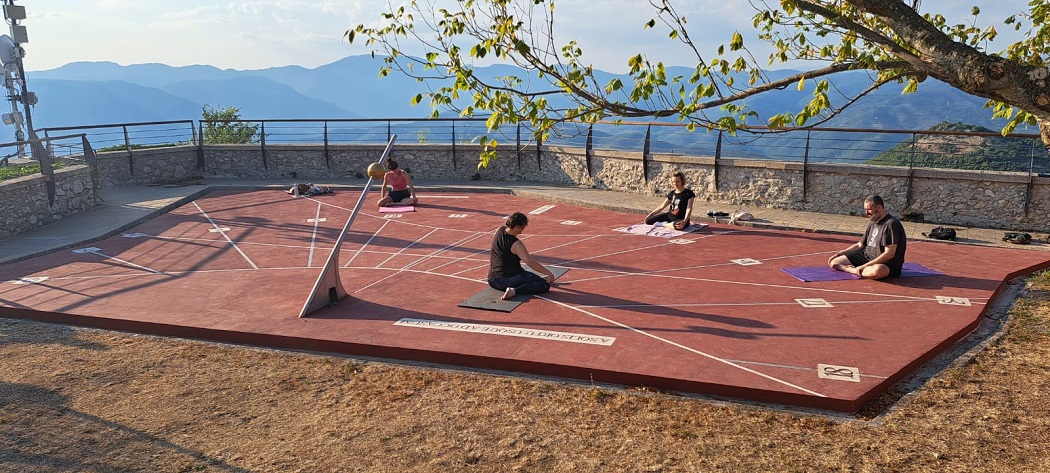
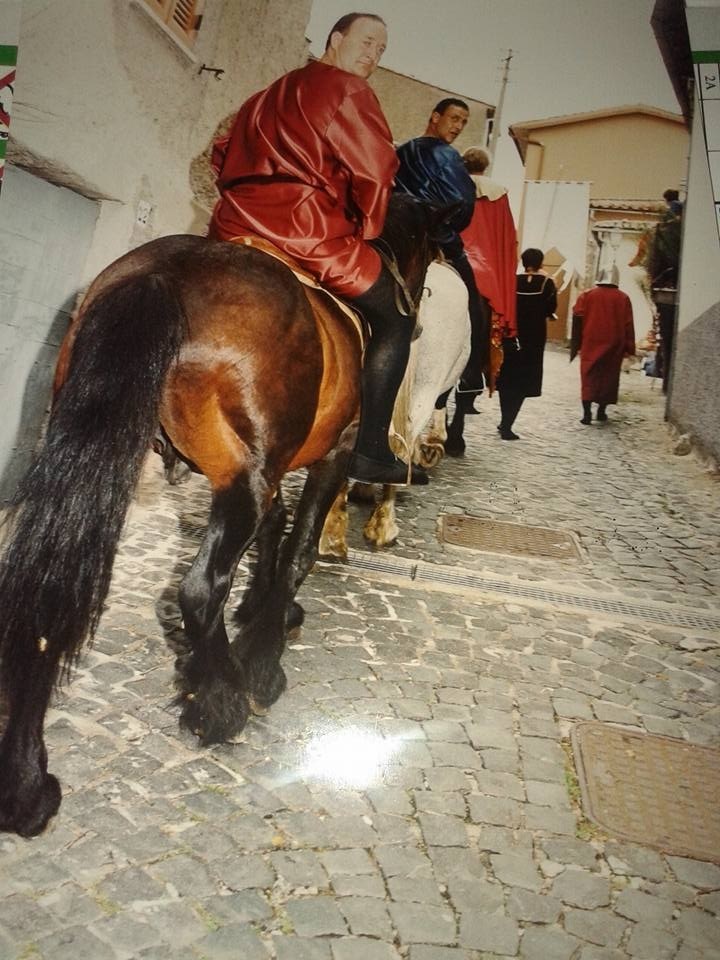
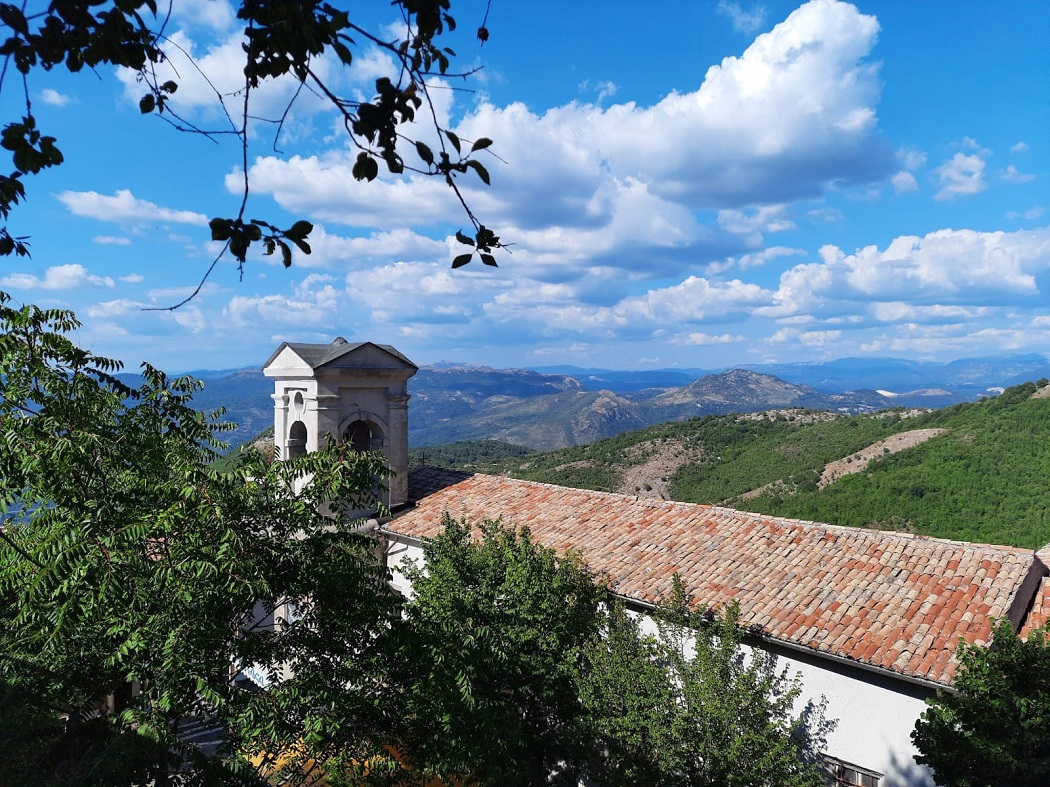





Follow us